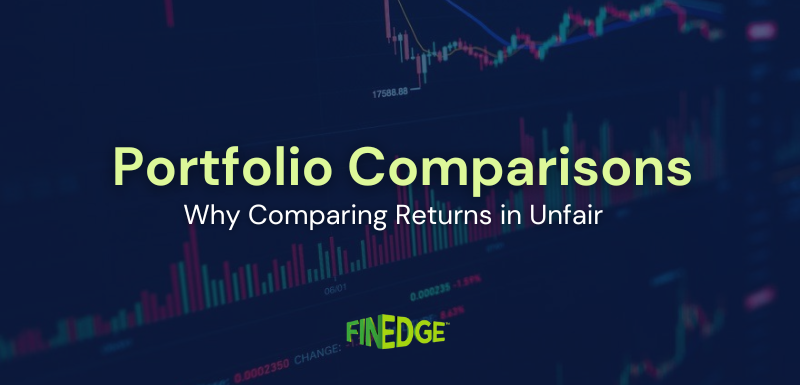What is a Flexi Cap Fund? Meaning, Returns, Benefits & Taxation
- Understand the flexi cap fund meaning and how it differs from other mutual funds.
- Learn how flexicap funds in India allocate investments dynamically across large, mid, and small caps.
- Explore flexi cap fund returns over 10 years (with AMFI examples).
- Know the benefits, risks, taxation rules, and who should consider investing.
Flexi cap funds offer investors the freedom of dynamic allocation across large, mid, and small caps. Learn their meaning, performance, taxation, and suitability before investing.
What is a Flexi Cap Fund?
A flexi cap fund is a type of diversified equity mutual fund where the fund manager has complete freedom to invest across large-cap, mid-cap, and small-cap stocks without any fixed allocation mandate. Unlike multi-cap funds, which require equal distribution across market caps, flexi cap funds give managers discretion to shift money based on opportunities, valuations, and prevailing economic conditions.
In simple terms, if you are wondering ‘what are flexi cap mutual funds?’, think of them as funds designed for flexibility. They adapt to changing market cycles, giving investors exposure to different segments of the equity market through a single scheme.
How Do Flexicap Funds Work in India?
The way flexicap funds work is by dynamically reallocating investments depending on market conditions.
-
Allocation strategy: A manager can choose to invest heavily in large caps during volatile times for stability or tilt towards mid and small caps when growth opportunities are stronger.
-
Market-driven approach: Unlike funds with rigid structures, a flexi cap fund performance depends largely on the manager’s ability to assess cycles and position the portfolio accordingly.
-
Investor benefit: This flexibility reduces the need for investors to constantly rebalance their own portfolios.
For example, during a bull run, flexi cap funds may increase exposure to small caps to capture growth. During uncertain times, allocation may shift back to large caps for stability. This adaptability is what makes flexicap funds in India attractive to many investors.
What are the 10-Year Returns of Flexi Cap Mutual Funds?
When evaluating flexi cap fund returns, it’s important to remember that past performance does not guarantee future results. However, looking at long-term returns can provide context.
As per AMFI data (examples only, not recommendations):
-
Aditya Birla Sun Life Flexi Cap Fund – ~13.8% annualized 10-year return (Direct Plan).
-
Axis Flexi Cap Fund – ~14.0% annualized 10-year return (Direct Plan).
-
Bandhan Flexi Cap Fund – ~14.5% annualized 10-year return (Direct Plan).
Disclaimer: These returns are provided for informational purposes only by AMFI. They are not investment advice or recommendations.
This illustrates that flexi cap fund performance has historically rewarded patient, long-term investors.
What are the Benefits of Flexicap Funds for Investors?
Some key advantages of investing in flexicap funds include:
-
Dynamic allocation: Ability to switch between market caps based on trends.
-
Diversification: Exposure to large, mid, and small caps in one portfolio.
-
Professional management: Fund managers take allocation decisions on your behalf.
-
Risk-adjusted returns: Potential to manage downside better during volatile markets.
-
Convenience: Eliminates the need for investors to actively rebalance their portfolios.
What Risks or Considerations Should You Keep in Mind?
While flexicap funds offer many benefits, they are not without risks:
-
Market volatility: Like any equity fund, returns fluctuate.
-
Manager dependency: Performance relies heavily on fund manager decisions.
-
No guaranteed returns: Investors should avoid assuming consistent performance.
-
Medium to high risk profile: Suitable only for investors with a moderate to high-risk appetite.
How is Taxation on Flexi Cap Fund Returns Calculated?
Understanding taxation is critical before investing.
-
Short-Term Capital Gains (STCG): If units are sold within 1 year, gains are taxed at 20%.
-
Long-Term Capital Gains (LTCG): If units are sold after 1 year, gains up to ₹1.25 lakh per financial year are exempted from tax. Above this, LTCG is taxed at 12.5% (without indexation).
-
Dividends: Taxed as per your income tax slab.
These rules directly affect the flexi cap fund returns investors finally take home.
Who Should Invest in Flexicap Funds for the Long Term?
Flexicap funds may be suitable for:
-
Long-term investors (5–7 years or more).
-
Those who want diversification without multiple funds.
-
Investors seeking dynamic portfolio management in one scheme.
-
People with a moderate to high-risk appetite who can handle fluctuations.
If you prefer stability and dislike volatility, a flexi cap fund may not be ideal. But if you’re comfortable with dynamic strategies, these funds can help you participate across market cycles.
FAQs
Your Investing Experts
Continue Reading
Why Comparing Investment Returns Can Be Misleading
At some point, most investors have compared their investment returns with a friend, a colleague, or a number they saw online and wondered why their outcomes looked different. While this instinct is natural, return comparisons are often incomplete and, in many cases, misleading. Understanding why returns differ is far more important than comparing the numbers themselves.
CAGR vs XIRR vs Absolute Return: Understanding Which Return Really Matters
When reviewing investment performance, investors often come across multiple return figures absolute return, CAGR, and XIRR. While these numbers may appear similar, they measure performance very differently. Understanding what each metric represents, and when to use it, is essential for making informed investment decisions and setting realistic expectations.
Responsible Credit Card Usage: Three Principles Every Consumer Should Follow
Credit cards are powerful financial tools when used correctly, offering convenience, rewards, and short-term liquidity. But when used without discipline, they can quickly turn into high-interest liabilities. Understanding a few essential principles can help you manage your cards responsibly, maintain a strong credit score, and avoid stress caused by compounding debt.
.png)

.png)
.png)